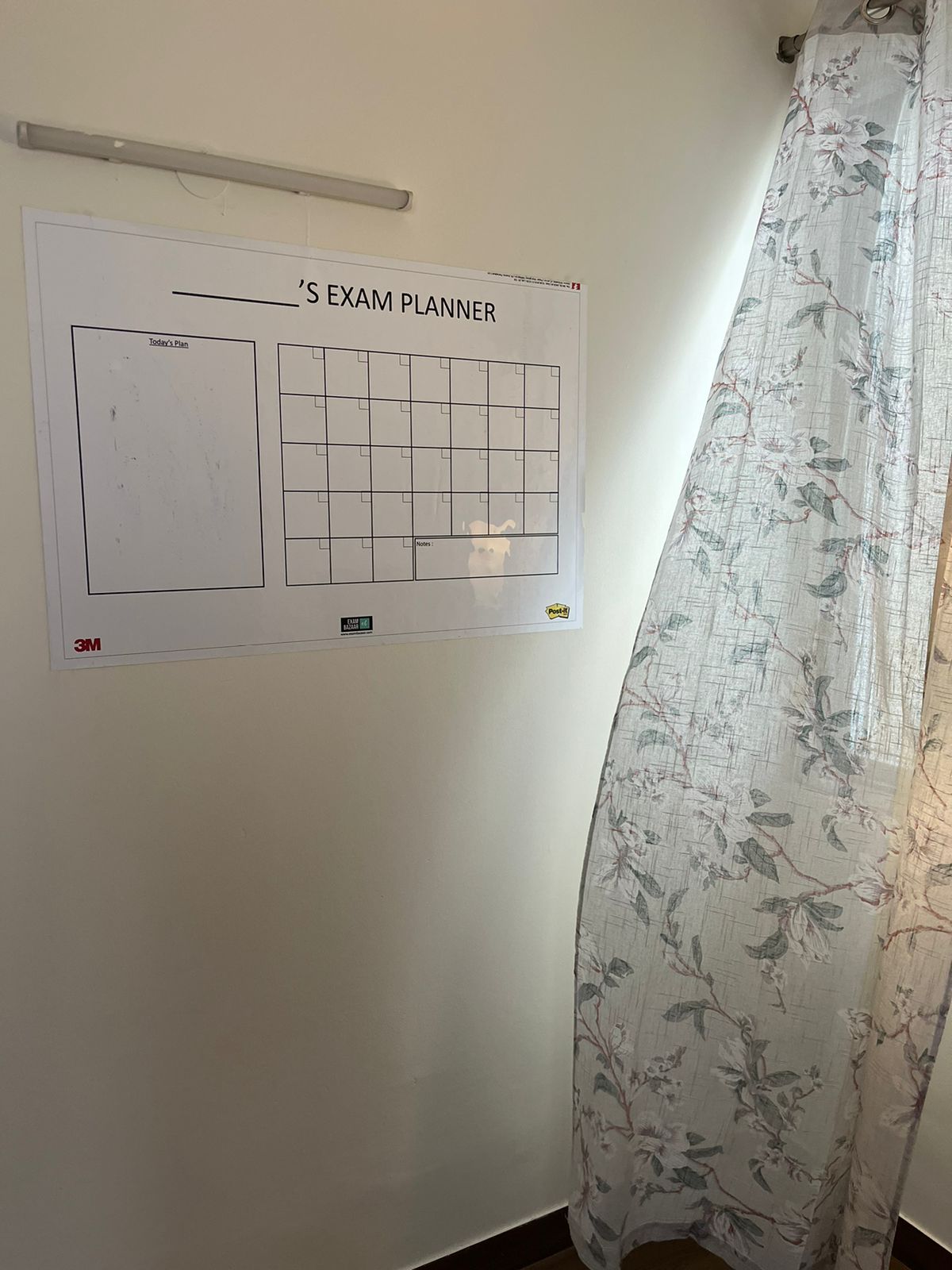Relocating from Jaipur to Gurgaon meant I needed to update my voter ID for the upcoming Haryana state elections. My outdated card with a Jaipur address would have prevented me from voting. This necessity led me to explore the Election Commission of India's (ECI) digital update system. The process began on the National Voters' Service Portal (NVSP). The website's interface was clear and user-friendly, guiding me through the address change application efficiently. The standout feature was the ability to upload supporting documents directly. This digital approach eliminates the need for physical office visits or mailing documents.
Required documents included my Aadhaar card, rental agreement, and a recent utility bill. I scanned these and prepared them for upload. The online form asked for basic personal information and my new Gurgaon address. This digital transformation marks a significant improvement over traditional paper-based systems, saving time for both applicants and electoral officials. However, the system isn't perfect. Occasional slowdowns occurred, likely due to high traffic. This highlighted the need for robust infrastructure to support increasing digital adoption. After submission, I received a confirmation number to track my application status. This feature adds transparency to the process, allowing applicants to monitor progress without repeated inquiries.
The waiting period lasted about three weeks. Once approved, I visited a designated office for biometric verification and to collect my new voter ID. This in-person step, while necessary for security, shows that the transition to fully digital processes is ongoing. Receiving my updated voter ID was a significant moment. It represented not just my right to vote in Haryana but also my official integration into my new community. The ECI's digital initiatives are crucial for maintaining accurate electoral rolls, especially given India's high internal migration rates. By simplifying the update process, these systems encourage civic participation, particularly among young and mobile voters. However, challenges remain. Not all citizens have equal internet access or digital literacy. As we embrace technology, we must ensure alternative options for those struggling with digital access.
This experience underscored the importance of proactive citizenship. Many people might not realize they need to update their voter information until it's too late. Regular awareness campaigns could help maximize electoral participation. In conclusion, updating my voter ID showcased India's evolving governance systems. The ECI's digital initiative is a step towards more efficient public services. While improvements are possible, the current system significantly enhances the accessibility of our electoral processes. For those in similar situations – having moved to a new city or state – take the time to update your voter information. The process is manageable and crucial for exercising your democratic rights. Your vote shapes the future of your community and the nation.
As we adapt to these technological advancements, let's remember our civic responsibilities. Stay informed about candidates and issues, keep your voter information current, and most importantly, exercise your right to vote. Updating my voter ID was more than a personal task. It was a step in my civic journey, a glimpse into our evolving democratic processes, and an example of technology making governance more accessible. As we navigate this digital era, let's embrace these changes while upholding the core principles of democracy they serve.

